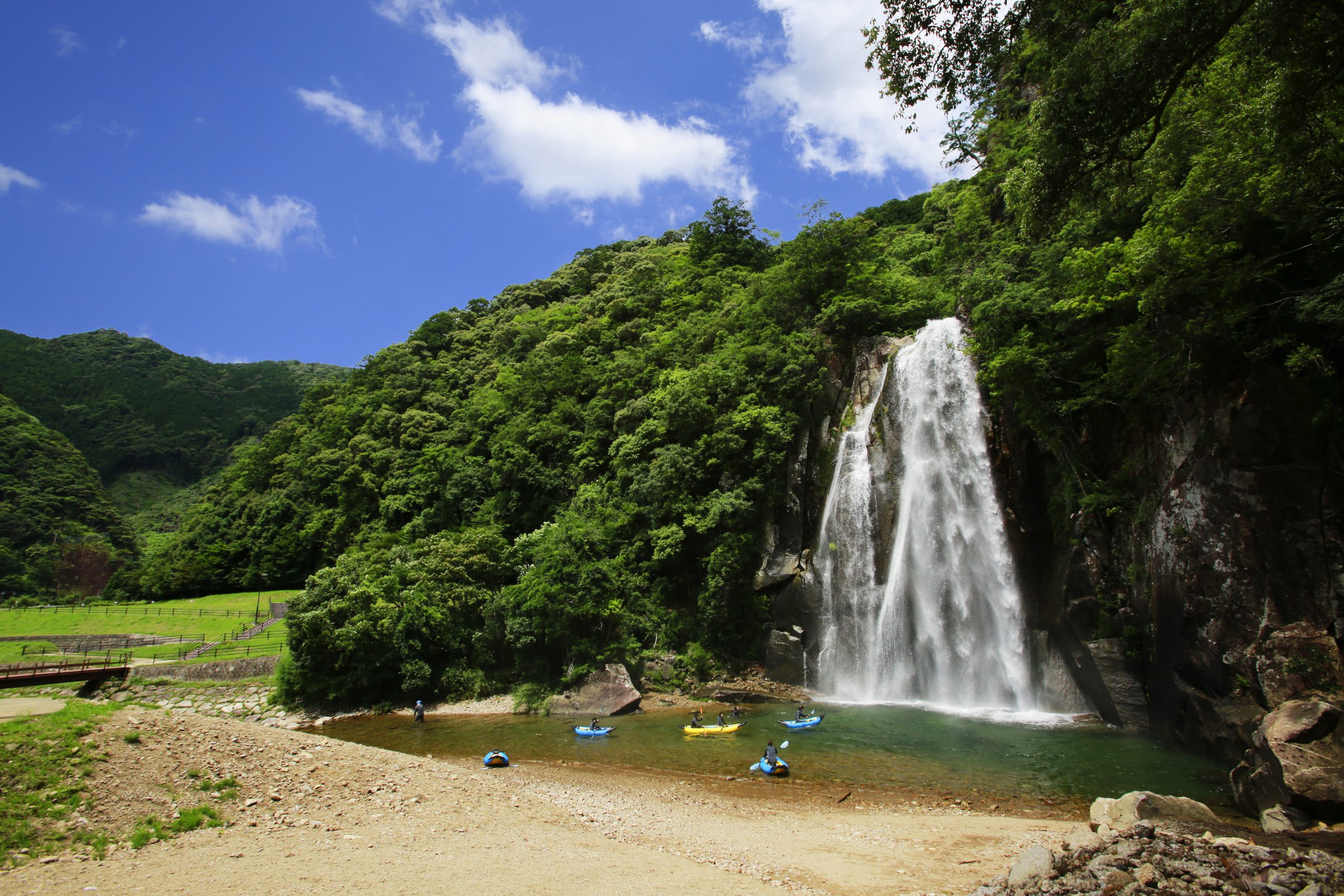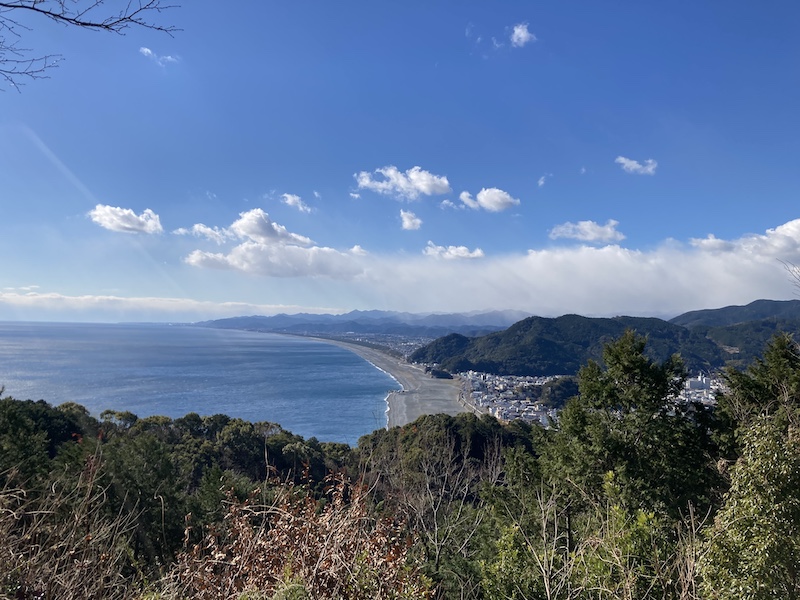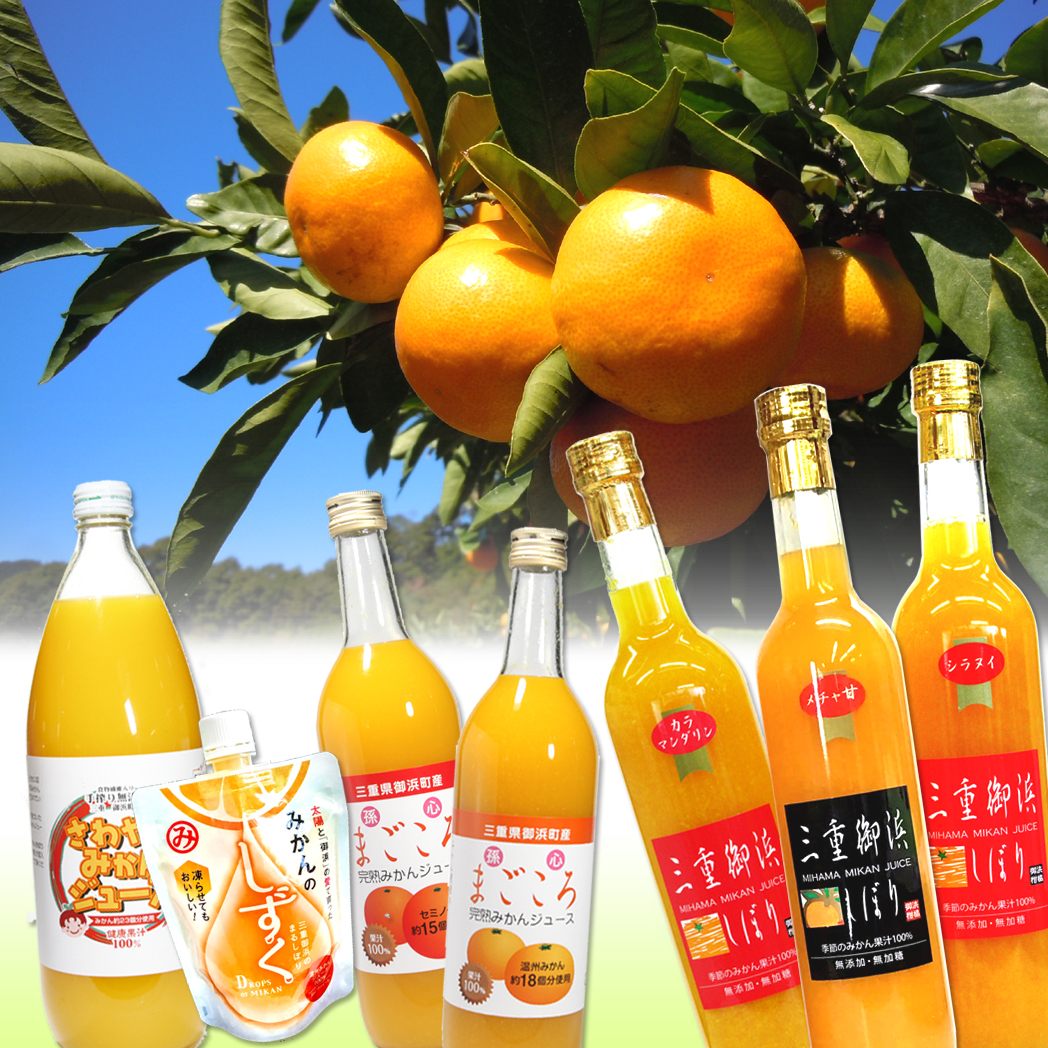Bounty of the mountains and villages
Update:
Kihoku Town
Owase City
Kumano City
Mihama Town
Kiho Town
There are numerous producers in Higashikishu who are deeply dedicated to pursuing superior quality or preserving traditional tastes.
Let’s introduce you to the “three major meats of Higashi-kishu” that rely on abundant natural resources and pristine water sources to craft exceptional flavors; Takana, which is a key ingredient in the regional delicacy Mehari-zushi; and Kuki-zuke, that is a part of the local culinary heritage.
▼INDEX
1 Mikumano-Beef (Branded Beef)
2 Kishu Iwashimizu Pork
3 Kumano Jidori (The Local Brand Chicken)
4 Takana
5 Kuki-zuke (Pickled stem)
1 Mikumano-Beef (Branded Beef)
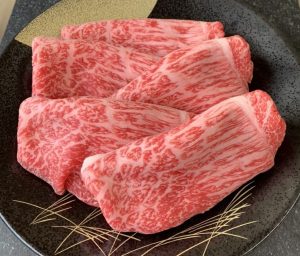
Japan is home to numerous breeds of cattle that are famous as “brand beef.”
Though Matsusaka beef is one of the most well-known among the top three brand-name cattle in Mie Prefecture, there is also a variety of cattle known as “Mikumano beef” that can be found in Higashikishu.
Mikumano beef is raised in the mountains of Arima-cho, Kumano City.
The cattle are nurtured in an exceptional environment where beautiful streams flow and the Kumano-nada can be seen from the tranquil mountain pastures.
With an annual shipment of just over 100 heads, Mikumano beef is considered a valuable commodity.
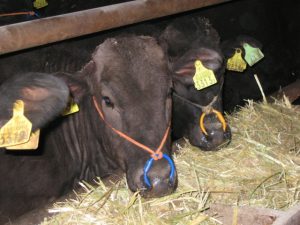
山と海に囲まれた豊かで美しい環境で牛を育てたいという思いが「美熊野牛」というネーミングに刻まれているように思えます。
The name “Mikumano beef” seems to embody the desire to raise cattle in a beautiful and bountiful environment surrounded by mountains and sea.
Mikumano beef has a rich flavor that leaves you feeling completely satisfied, with many locals and others considering it a perfect gift for loved ones that leaves them wanting more after just one taste.
2 Kishu Iwashimizu Pork

The Kishu Iwashimizu pork is raised in a village located deep in the mountains of Mihama-cho, and it is named after the delicious Iwasei spring water that gushes from the mountains, which is used as its only source of drinking water.
By extracting the natural power inherent in living organisms in the deep mountains, the pigs are raised in a healthy manner.
Meat that has grown healthily in a stress-free environment is both flavorful and light, making it easy to eat as much as you want.
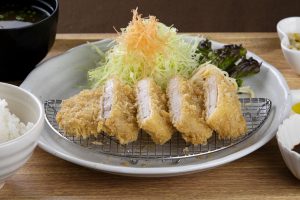
While there are many ways to enjoy pork, be sure to try Kishu Iwashimizu pork alongside other varieties.
You will undoubtedly be able to taste the difference in the deliciousness that producers have worked hard to achieve through their growing techniques.
3 Kumano Jidori (The Local Brand Chicken)
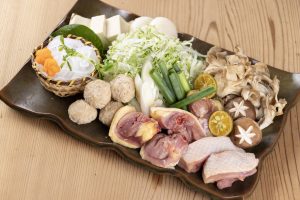
Kumano Jidori is a hybrid breed of chicken that combines Yagido, a type of fighting chicken, with Ise Akadori, a branded chicken from Mie Prefecture, and Nagoya Cochin, one of Japan’s three major local chicken breeds.
It is essentially a local chicken that has the best quality of all three breeds, offering the springy texture of shamo meat, the low-odor fats of Akadori, and the renowned flavor of Nagoya Cochin.
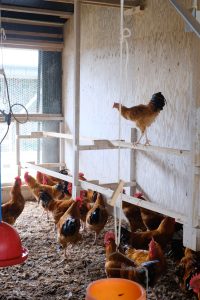
Kumano Jidori chickens are allowed to roam freely in spacious coops located in the mountains of Kiwa-cho, Kumano City, and are only shipped after being fed safe feed and raised for approximately 120 days using spring water from Kumano Kodo’s Tori-toge Pass.
The primary appeal of this local chicken is its strong natural flavor and taste.
The meat’s springiness enables the flavor and umami to spread in your mouth as you chew.
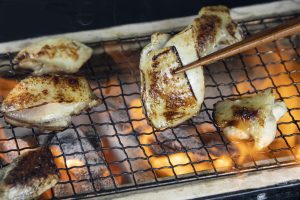
In addition to classic chicken dishes such as yakitori and nabe, Kumano Jidori shabu-shabu is also highly recommended.
As the meat has a firm texture, even when thinly sliced and dipped in hot water, the flavor and taste are not lost, providing an excellent bite and allowing you to relish the deliciousness of the chicken meat.
Kumano Jidori is served in famous restaurants throughout the country and is also available for home delivery, so be sure to give it a try.
4 Takana
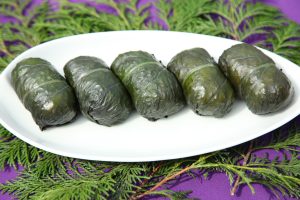
Mehari-zushi is a kind of nigiri sushi that originated from the mountainous regions of Higashikishu.
It is made by wrapping rice with salted takana, which is a type of mustard green.
Although there are different theories, it is said to have been a popular lunch option among rafters who used to transport lumber downstream from the upper Kumano-gawa River to the estuary.
It is also a favorite meal among those who work in the mountains or fields.
The origin of the name is attributed to the act of widening one’s eyes in surprise or delight when biting into it, due to its delicious taste.
The size of the rice ball makes it easy to make and eat, and the takana leaves are pickled with chili peppers and salt, resulting in a strong and spicy flavor that is so tasty that any other side dishes are not needed.

The “Asuka Takana Production Cooperative” in Asuka-cho, Kumano City, cultivates and processes a variety of takana called Aka-oba takana.
Aka-oba takana has red-purple leaves and a spicy and fragrant taste, similar to wasabi or grated daikon.
Mehari-zushi wrapped with these leaves has a rich flavor that makes you want to keep eating.
While it is delicious when freshly made, mehari-zushi that has been allowed to sit for a while, allowing the flavor of the takana to permeate the rice, tastes exceptional.
5 Kuki-zuke (Pickled stem)
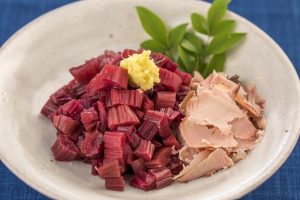
Kuki-zuke is another popular pickled food from Higashikishu, similar to Takana-zuke (Tanaka pickles).
It is made by pickling the stems, also known as Zuiki, of Yatsugashira, a type of taro, in salt and red shiso. Kuki-zuke has a refreshing taste similar to Shiba-zuke and is known for its bright red color, making it a colorful pickled dish.
This food is an ideal accompaniment to rice and a great snack to enjoy with alcohol. You can enjoy it in many ways, such as eating it finely chopped, mixing it with bonito flakes or grated ginger, or combining it with flaked grilled fish.
Furthermore, it is highly nutritious as it contains easily digestible starch, protein, calcium, and potassium.
Its prime season is between June and September, and it is a beloved regional dish in Higashikishu for its ability to be enjoyed in bowls after bowls of kuki-zuke ochazuke (tea over rice) even when one has little appetite.


